In 1964, Shinkansen (which means "new trunk line" and is also known as the bullet train) between Tokyo and Shin-Osaka became the world's first high-speed railway system, running at a maximum business speed of over 200 km/h (130-160 mph).
Train
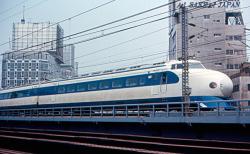
State: Tokyo-toZip: 100-0005Country: JapanWebsite: https://www.asme.org/about-asme/who-we-are/engineering-history/landmarks/211-tokaido-shinkansenCreator: Shima, Hideo
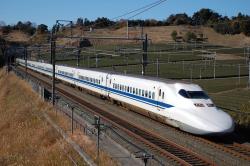
The Tokaido Shinkansen, the world's first inter-city, high-speed railway system, began operations on its route of over 500 kilometers between Tokyo and Osaka more than thirty years ago, in 1964. After its establishment, the Tokaido Shinkansen made a major contribution to Japan's rapid post-war economic growth as the country's principal transportation artery. Today (1997), more than two hundred and eighty Shinkansen trains operate between Tokyo and Osaka each day, with eleven departures an hour at peak times, and a daily ridership of more than 360,000 passengers.
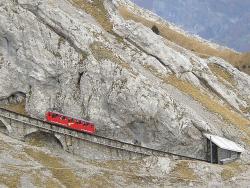
605AlpnachCountry: SwitzerlandWebsite: https://www.asme.org/about-asme/who-we-are/engineering-history/landmarks/220-pilatusbahn, https://www.asme.org/getmedia/8c4b369d-83fd-4b9e-9248-b6d78b28628c/220-Pilatusbahn-1882.aspxCreator: Locher, Eduard , Locher Systems
The Pilatusbahn—the steepest rack railway in the world—has operated successfully since its opening in 1889 over a route of 4.62 kilometers (2.87 miles) between Alpnachstad on Lake Lucerne and Pilatus Kulm, rising 6,791 feet (2,070 meters) above sea level. This results in a gradient of 48%, or a rise of nearly one meter in two meters of run on the steepest sections of the line, which amounts to about a quarter of its length.
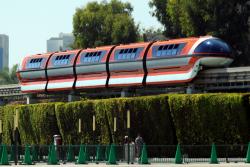
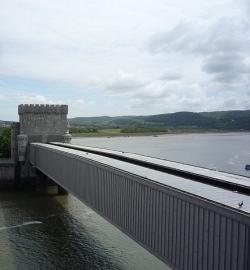
Built by Robert Stephenson to carry the Chester and Holyhead Railway across the River Conwy, this bridge was erected between 1846 and 1848. It consists of a single span 400 feet long, formed by two parallel rectangular wrought iron tubes, each weighing 1300 tons. Masonry towers were built on the abutments and topped with battlements and turrets to harmonize with the nearby Conwy Castle. The Conwy Tubular Bridge was the first railway bridge in which trains ran through the main girders. It represents a pioneering use of wrought iron for bridges.
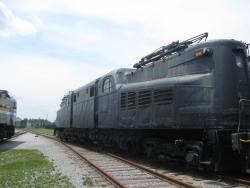
The 4,620-horsepower GG1 was primarily a passenger locomotive, routinely operating at over 100 miles per hour, but was used in freight service as well. Conceived by the Pennsylvania Railroad and built by the Baldwin Locomotive Works and General Electric Company, No. 4800 logged nearly 5 million miles in its forty-five-year life. It was the prototype for a 139-unit fleet built during a decade to serve on the PRR's electrified lines, and the only one with a riveted body shell; the remainder were welded.
Innovations
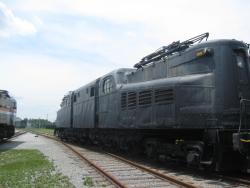
The 4,620-horsepower GG1 was primarily a passenger locomotive, routinely operating at over 100 miles per hour, but was used in freight service as well. Conceived by the Pennsylvania Railroad and built by the Baldwin Locomotive Works and General Electric Company, No. 4800 logged nearly 5 million…
Read More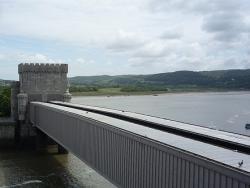
Built by Robert Stephenson to carry the Chester and Holyhead Railway across the River Conwy, this bridge was erected between 1846 and 1848. It consists of a single span 400 feet long, formed by two parallel rectangular wrought iron tubes, each weighing 1300 tons. Masonry towers were built on the…
Read More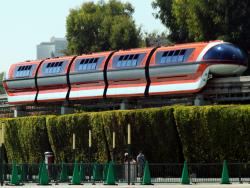
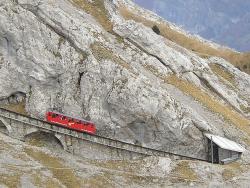
The Pilatusbahn—the steepest rack railway in the world—has operated successfully since its opening in 1889 over a route of 4.62 kilometers (2.87 miles) between Alpnachstad on Lake Lucerne and Pilatus Kulm, rising 6,791 feet (2,070 meters) above sea level. This results in a gradient of 48%, or a…
Read More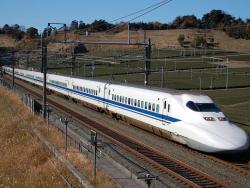
The Tokaido Shinkansen, the world's first inter-city, high-speed railway system, began operations on its route of over 500 kilometers between Tokyo and Osaka more than thirty years ago, in 1964. After its establishment, the Tokaido Shinkansen made a major contribution to Japan's rapid post-war…
Read More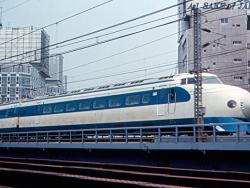
In 1964, Shinkansen (which means "new trunk line" and is also known as the bullet train) between Tokyo and Shin-Osaka became the world's first high-speed railway system, running at a maximum business speed of over 200 km/h (130-160 mph).
The nose profile, starting with the original…


